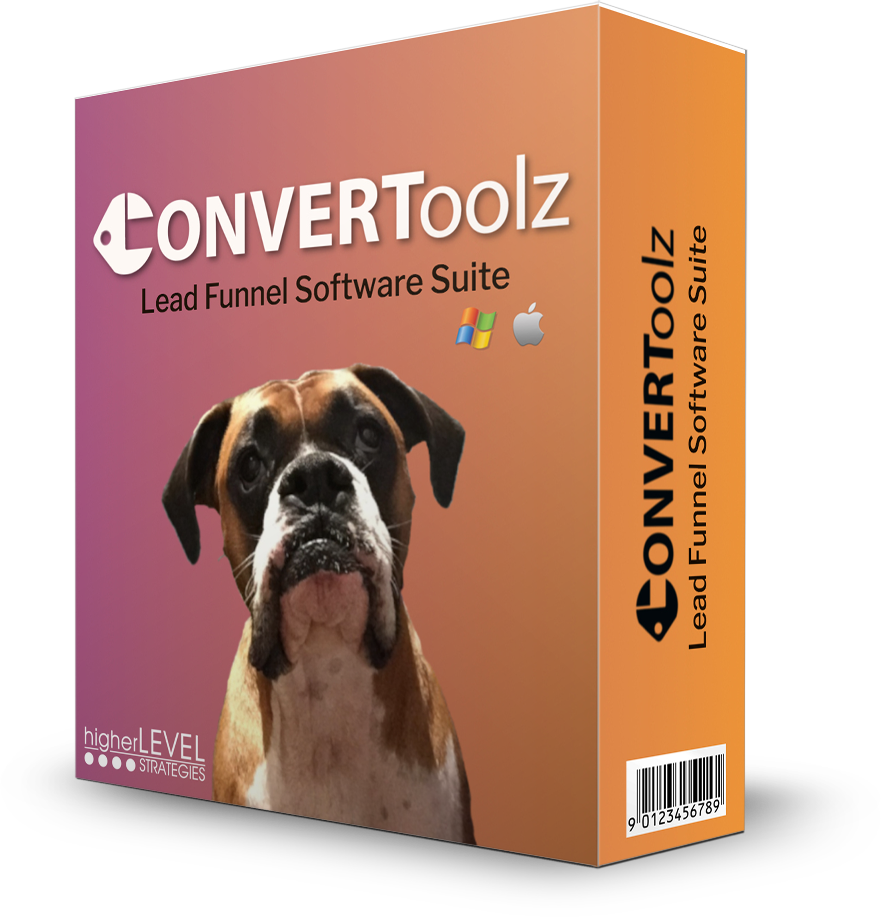The modern-day garbage dump is a technically complex engineering exercise that comes brimming with liners, leachate collection systems and extremely managed operating conditions. As an outcome, siting a modern garbage dump can now proceed mostly independent of the garbage dump location's specific geological characteristics.
1. Sanitary Landfills - Also Known As Municipal Solid Waste (MSW) Landfills
In 1935, a new system of rubbish disposal, called sanitary landfills, was developed in Fresno, California. Sanitary land fills are a method of waste disposal where the waste is buried and covered up with soil, either underground or in big hills.
Sanitary garbage dumps are the most widely used method for solid waste disposal generally.
In the United States, the Environmental Protection Agency (EPA) sets minimum standards for sanitary landfills, although each state is totally free to make tougher policies. One requirement is for monitoring wells to be dug at particular distances from the cells, which allow the degree of groundwater pollution and the routing of the circulation of any emitted leachate to be examined.
One of the biggest problems with a sanitary landfill is the environmental danger. As materials inside the layers of compacted waste break down, they generate gases, including methane, which are combustible. Some garbage dumps simply vent these gases, while others actively trap them, using them as fuel. Landfills likewise create leachate (polluted water from rain). Leachate contains products which could damage the natural environment if they end up in the water table, making control of any seeping-out is vital.
The website for a sanitary garbage dump requires to be chosen with care. Other factors to consider might have to do with aesthetic appeals; because landfills can be odorous at times, they are typically not situated in immediate proximity to domestic neighborhoods.
Municipal solid waste (MSW) land fill - An extremely crafted, state allowed disposal center where municipal solid waste (non-hazardous waste produced from single family and multi-family homes, hotels, and so forth including industrial and commercial waste) might be gotten rid of for long-lasting care and monitoring. All modern MSW landfills should meet or surpass federal subtitle D policies to guarantee environmentally safe and safe disposal centers.
Building and construction atop old sanitary landfills is possible, and a workplace park in California expresses the point. The essential extraction of methane gas, lest our pretty brand-new workplace park explode, is a fairly expensive deterrent to real estate development.
Disintegrating raw material releases methane, which can be explosive, although lots of sites collect the gas and burn it to create electricity. Much of the items found in land fill sites, for instance bottles, tins, and cans, will stay intact for hundreds of years, and would be better re-used or recycled.
Hazardous and/or unacceptable wastes, which can not be accepted at sanitary land fills need special disposal. The majority of neighborhoods have actually a designated area where dangerous materials are collected. When saved in sufficient amounts the hazardous wastes from each neighborhood are typically integrated and put in one local hazardous waste garbage dump.
2. Haz Waste Landfills
Contaminated materials garbage dumps must be engineered with double composite liners and a leachate collection system above and between the liners, in addition to a leakage detection system capable of spotting, removing any leak and collecting between the liners at the earliest practicable time. It is removed and treated to protect the groundwater if leachate leakages into either of the collection systems.
Clinical waste consists of waste produced from different health care, lab and research practices as specified in Section 2 and Schedule 8 of the Waste Disposal Ordinance. It needs to be managed appropriately so as to minimize threat to public health or danger of pollution to the environment. Clinical waste is generally classed as contaminated materials.
In contaminated materials garbage dumps different classes of hazardous waste may be assigned to devoted cells.
3. Inert Waste Landfills
The final kind of landfill is the inert waste land fill, which is precisely what is states. An inert waste garbage dump should just consist of minerals, such as rock, stone, building debris and potentially non-hazardous ash.
The requirements for what kind of waste can be positioned in a land fill, is that the product filled ought to not rot, decay, or produce any pollutants. Obviously, it is possible that clay and mud might be rinsed, however that is the limitation of what needs to ever come out of an inert garbage dump.
Generally, building waste has been a major component of inert garbage dumps. Unless construction waste is well managed on building and construction sites, it may not be suitable for inert landfills. Wood, veggie matter, and building and construction waste such as plaster-board is not allowed, and yet very often exists in small, but damaging, quantities in building and construction waste.
Conclusion to Our Description of 3 Types of Landfills
Although garbage dumps are an indispensable part of daily living, they might provide long-lasting hazards to groundwater and likewise surface waters that are hydro-geologically linked. In the United States, federal requirements to secure groundwater quality were executed in 1991 and needed some land fills to use plastic liners and collect and deal with leachate. Lots of disposal dumps were either exempted from these guidelines or grandfathered (excused from the guidelines owing to previous usage).
Transforming land fill gas to energy is how fully grown landfills deal with the problem of gases produced within their facilities. It is an efficient means of recycling and recycling a valuable resource. Environmental Protection Agency has actually backed land fill gas as an eco-friendly energy resource that decreases our reliance on fossil fuels, such as coal and oil.




